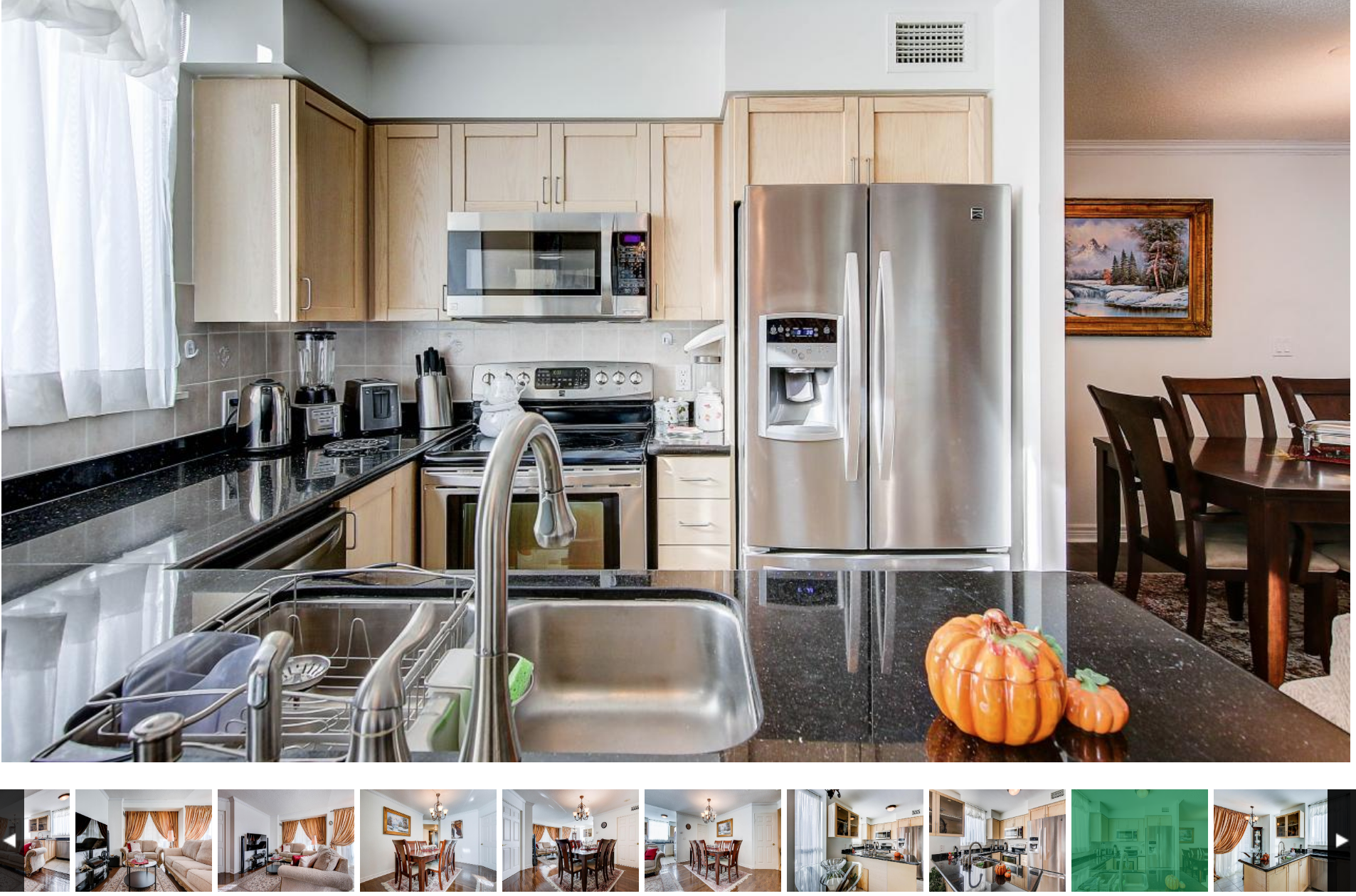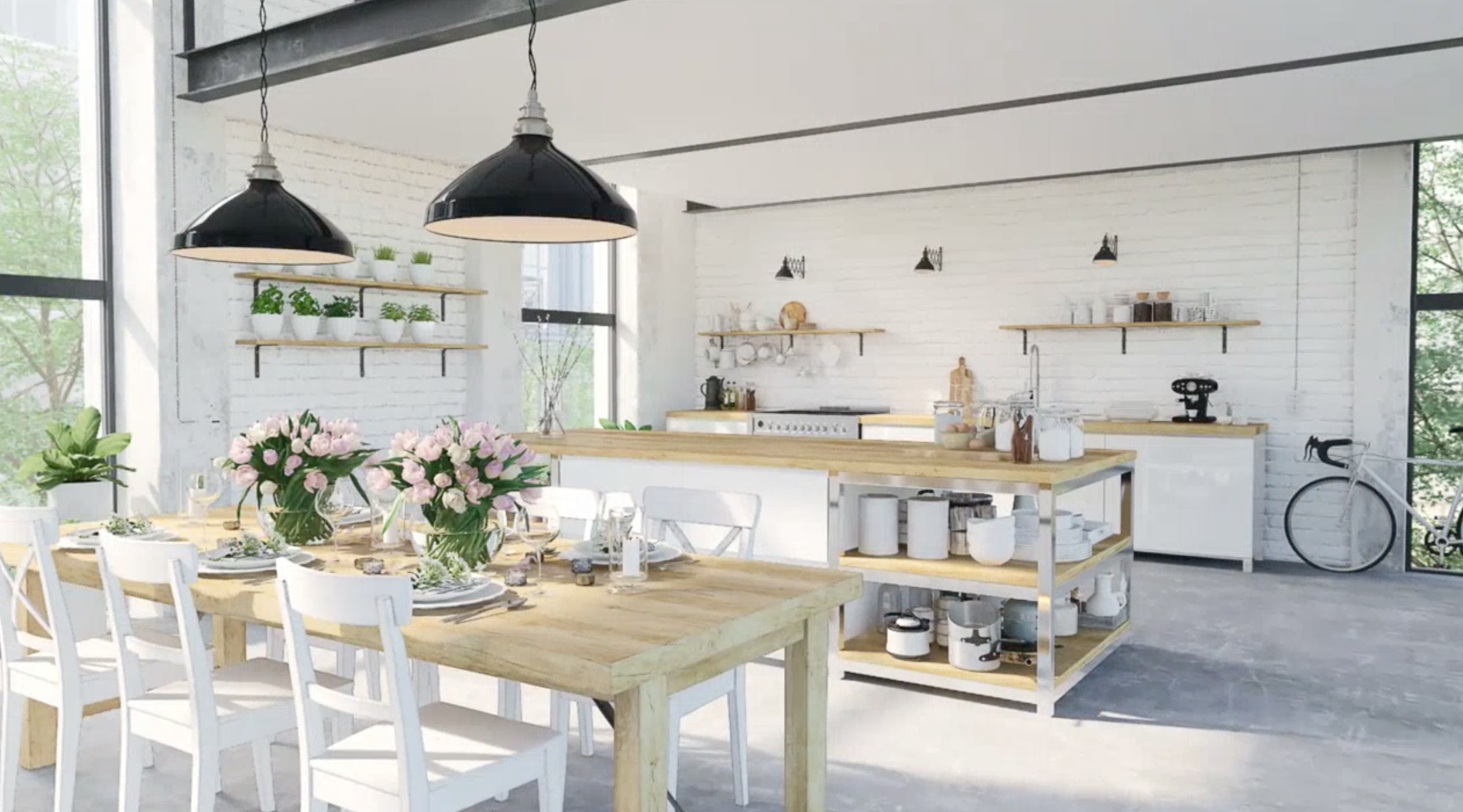Austinites Vote "Yes" to Public Transit Plans
/In the recent November election, Austinites voted “YES” to both Proposition A & B, two public transportation improvement plans proposed in the upcoming years for our city. But just what exactly does a “YES” vote mean to these plans and what changes should we start to expect seeing in Austin over the next couple of years?
PROP A
Prop A will bring 19 new miles of light rail and 26 new stations to Austin over the next 10 years. To pay for this, Austinites can expect to see an almost 4% increase in their January property tax bill. Where will this money go? Prop A will dedicate 8.75 cents of the operations and maintenance portion of the tax rate for Project Connect, Capital Metro’s $7.1 billion public transit plan. To supplement the project and get it off the ground, the city of Austin will expect to receive about 45% of its needed money in federal funding. However, the rest of the plan funding plus the ongoing maintenance of Project Connect will be supplied through tax dollars.
According to KVue News, here is a breakdown of the initial phases of Prop A that we can expect to start see in development in Austin:
Blue Line: A light rail line running from Austin-Bergstrom International Airport (AUS), connecting through the Downtown Station and running north to Lamar Boulevard at U.S. 183
Orange Line: A light rail line running from North Lamar Boulevard at U.S. 183 south to Stassney Lane, connecting through Republic Square
Downtown Transit Tunnel: The underground tunnel would run more than 20 city blocks (1.6 miles) from Cesar Chavez Street to 11th Street, from Guadalupe Street to Trinity Street, and from Fourth Street to the cul de sac near Lady Bird Lake at Trinity Street.
Green Line: Like the current Red Line, the Green Line would serve as a commuter rail running from downtown to the Colony Park neighborhood in East Austin
Gold Line: A new rapid bus route going from the Austin Community College Highland area, through the Downtown Station to the Republic Square Station.
Three new MetroRapid routes, which are buses with frequent service and a limited number of stops
Neighborhood circulators: 15 new zones or vehicles would be added to help neighborhoods gain better access to the main transit lines
Community displacement: A $300 million investment that would help communities affected by transit line creation and construction
Other features including park and rides, customer technology systems and maintenance facility improvements
PROP B
Prop B is a different sort of transportation plan in that its focused on climate change and pedestrian/commuter safety.
The plan does include a pair of bridges — a $16 million three-spoke pedestrian bridge spanning Lady Bird Lake on the upper side of the Longhorn Dam at Pleasant Valley Road, along with proposed improvements to the Barton Springs Road bridge over Barton Creek that will allow pedestrian and bicyclists safer access to Zilker Park and Barton Springs Pool.
Prop B will increase property taxes an additional 2%, or to put in dollars for a homeowner with a residence near the city’s year-to-date median home sales price of about $415,000, that would amount to an increase of approx $83 a year.
According to the City of Austin’s plans, here’s the breakdown of improvements that the $460 million Prop B will be used for:
Sidewalks: $80 million would go to build roughly 78 miles of new sidewalks and to rehabilitate existing sidewalks.
Urban trails: $80 million would go to build out urban trails such as Shoal Creek, the Red Line, Walnut Creek and the Bergstrom Spur, as well as design work for other trails.
Bikeways: $40 million would go to build out about 70% of bikeways identified in the Austin Bicycle Plan’s All Ages and Abilities Bicycle Network.
Safety/Vision Zero: $65 million would go for reconstruction of 25 intersections, pedestrian crossings and speed mitigation projects as part of Vision Zero, the city’s program that aims to eliminate traffic deaths.
Safe routes to school: $20 million would go to address about 8% of high and very high priority safe routes projects.
Transit enhancement: $19 million would go to projects addressing the safety of bus service and transit access as well as communication.
Substandard streets: $53 million would go to Ross Road and Johnny Morris Road for improvements — including widening roads and adding new drainage — that were recommended in engineering reports that were done as part of the 2016 Mobility Bond.
Capital improvements: $102 million would go to the construction of the Longhorn Dam pedestrian bridge, Congress Avenue urban design, South Pleasant Valley corridor improvements and various pedestrian infrastructure projects.
So, regardless how you might feel about the “YES” vote and the property tax increases, we should all prepare for upcoming rapid changes to our cities’ transportation infrastructure.
Who knows, maybe we will even eventually feel some congestion relief on Austin roads? Nah, don’t get your hopes too high just yet. :)








